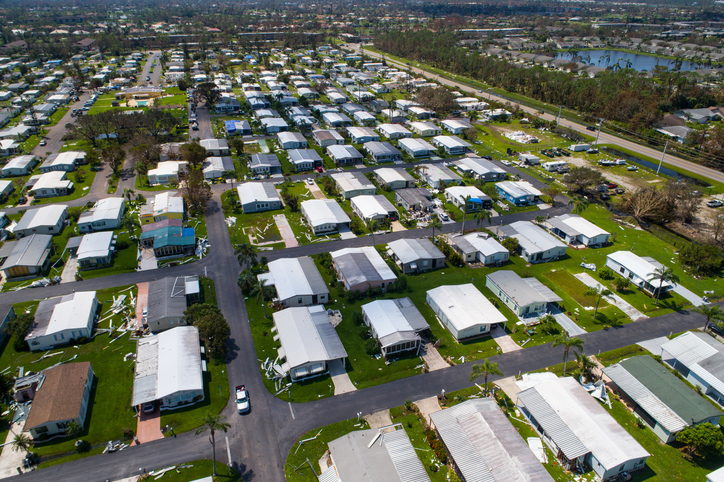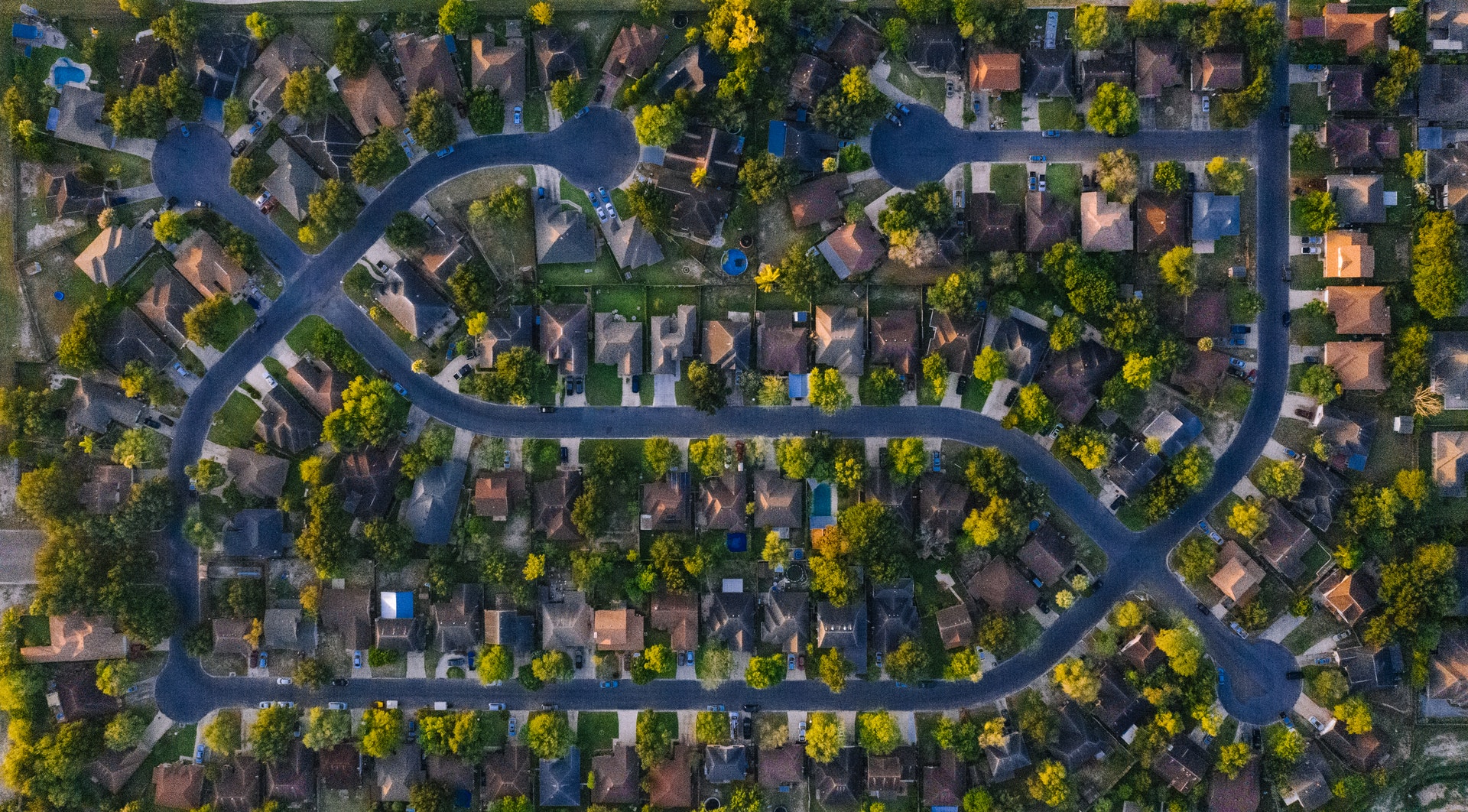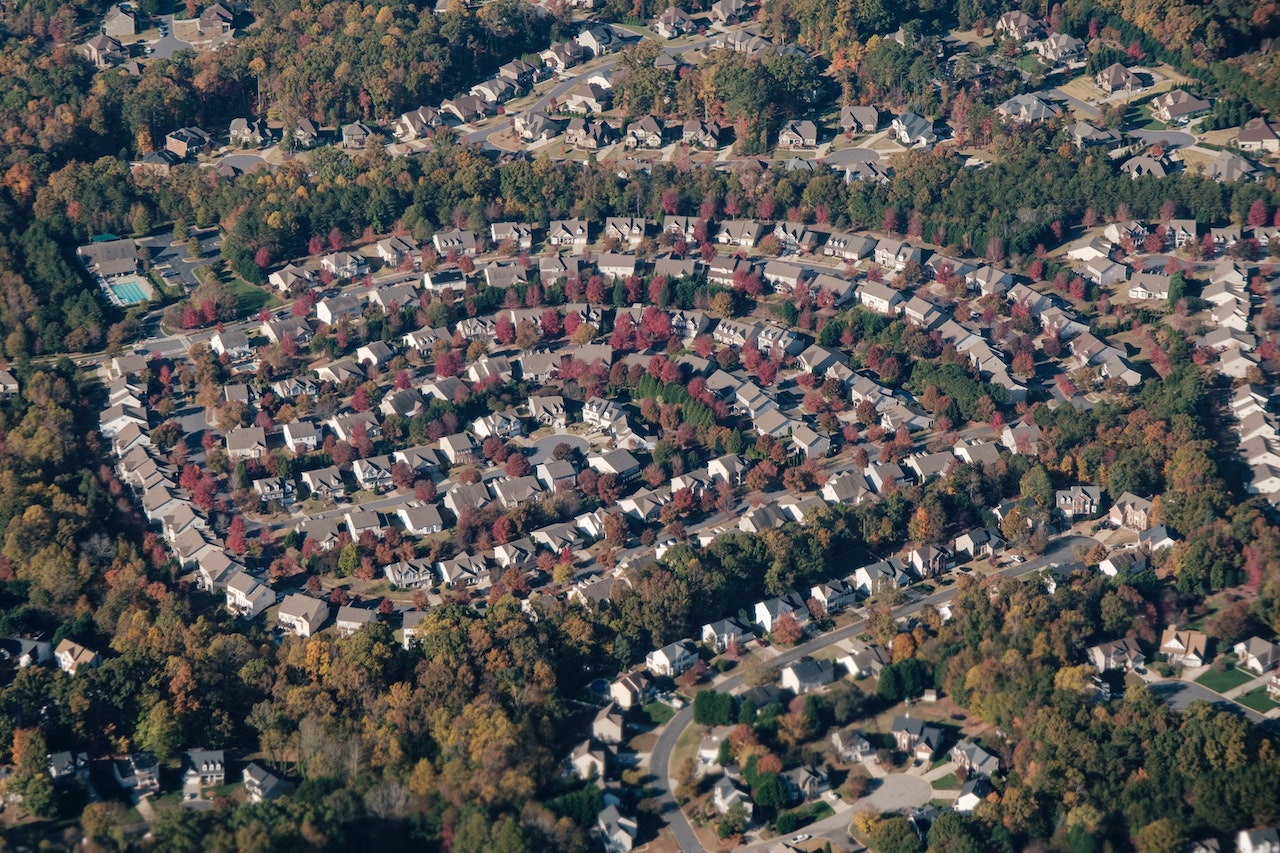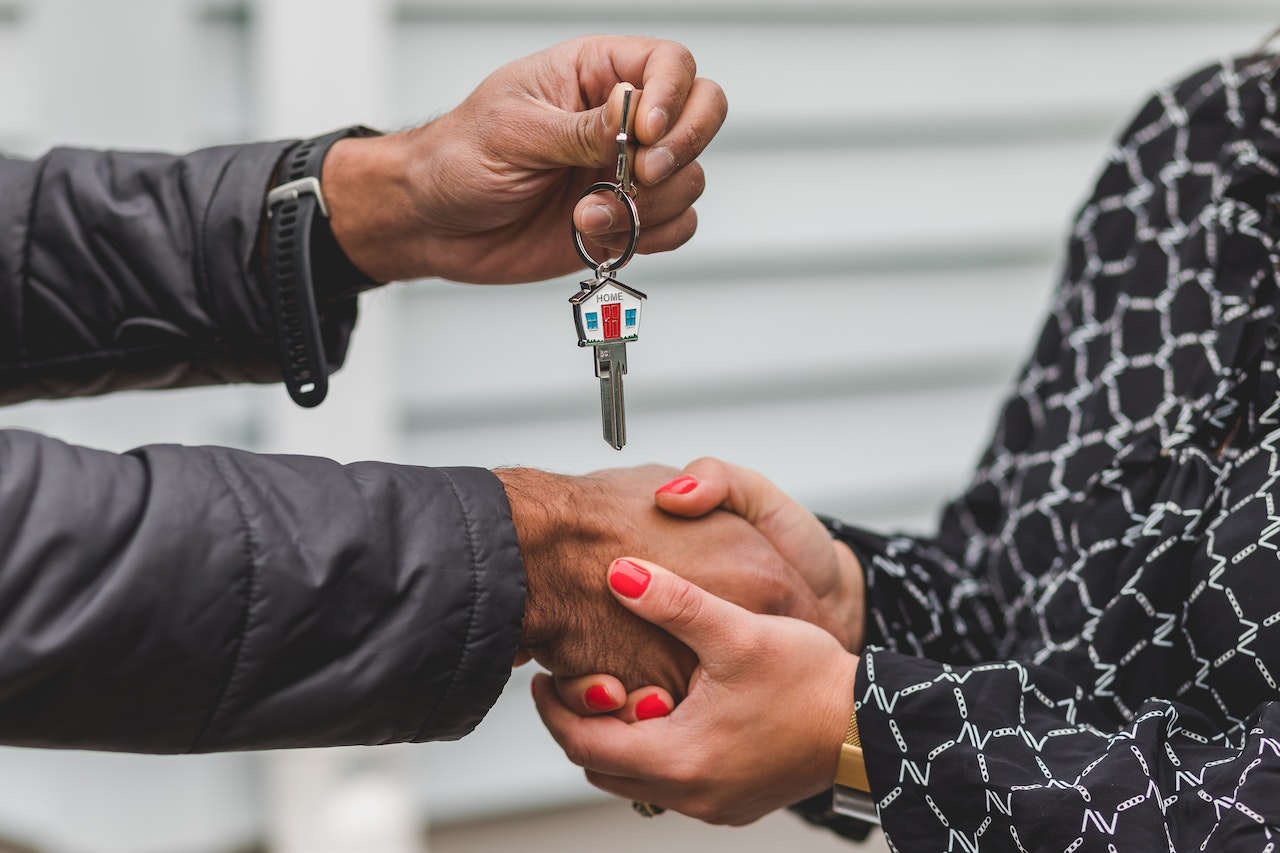How many times have we watched news and saw mobile or site-built homes wiped out by strong winds? For this reason, many people think mobile homes are not designed to withstand strong winds. The common question many people ask is, ‘are mobile homes safe?’
Manufactured home manufacturers have achieved a milestone in improving their quality and safety. This is where mobile home wind zones come in. According to experts, complying with wind zone regulations ensures your manufactured home withstands strong winds.
For your information, the wind zone represents the wind pressure rating that your manufactured home can withstand, depending on its location. Here, we will help you understand wind zones and their related regulations.
What are Wind Zones?
As we mentioned, the wind zone represents the wind pressure rating (pounds per square foot) that your manufactured housing unit can be developed to withstand depending on the location. Simply put, it is the maximum wind speed that reaches a particular region (miles per hour) and the resulting force it will exert on the manufactured home (pounds per square foot).

Clearly there are different weather patterns and climate ranges across the U.S. The various elevations and regions are responsible for the differences in weather conditions and how wind speeds affect an area. Wind zones are, therefore, created to ensure that mobile homes can withstand the different weather conditions.
Wind Zones for Manufactured Homes
The United States is separated into three wind load zones:
- Wind Zone I
- Wind Zone II
- Wind Zone III
Wind zone III is the most extreme, while wind zone I is the mildest.
Apart from the actual wind speed, experts also consider other effects, such as snow and rain, while zoning a manufactured home. Here is a breakdown of the various zones in more detail:
Wind Zone I
This wind zone covers most parts of the United States. It is most common in the interior parts of the country where hurricanes are rare. This is why wind zone I is the most lenient area where you can enjoy manufactured home living.
This zone is designed to withstand wind speeds of up to 70 miles per hour. The zone covers states such as Louisiana, Mississippi, and Texas. Generally, about 40-50 states in the U.S. can experience wind speeds of 70 miles per hour.
After having your manufactured home built and set in a wind zone I territory, ensure it remains there. Moving it to a higher wind zone risks it being damaged due to high winds. Learn more about how double-wide mobile homes are built here.
Wind Zone II
Wind zone II covers a smaller region compared to wind zone I. The wind zone II homes are designed to withstand wind speeds of about 100 miles per hour.
In most cases, it covers areas with a very high risk of damage resulting from hurricanes. The most notable region covered by this wind zone is Florida.
If you develop a manufactured home in wind zone II, never move it to wind zone III since it will be vulnerable to damage.
Wind Zone III
If you have noticed, the wind speed increases as the number in the wind zone increases. This means that wind zone III can withstand a higher wind speed than wind zone II. For your information, the speed that wind zone III can withstand is up to 110 miles per hour, compared to only 70 miles per hour for wind zone I.
Therefore, wind zone III covers regions where hurricanes are most common. This includes most coastal parts of the U.S., such as Hawaii.
If your home is meant for either wind zone I or wind zone II, avoid moving it to wind zone III to save it from getting damaged.
Zone Types
If you want a mobile home, you must understand the different zones that complement each wind zone. In fact, all mobile homes are required to comply with the HUD Code for manufactured homes.
Below are the common zones you should understand:
Wind Zone
As we mentioned, the U.S. is very diverse, with different regions and states experiencing varying average wind speeds. For this reason, the country is divided into three wind load zones.
You must understand that wind speeds and strengths also vary depending on the time of the year. Before buying and installing a manufactured home, ensure that it is developed to withstand the strength of wind within the zone.
Thermal Zone
Just like the wind zone, the thermal zone also has three categories. The U.S. is a large country with different regions experiencing unique temperature conditions.
For your information, the government employs thermal zones to determine what needs to be grown in different regions. The same applies to the manufacturing and installation of mobile homes.
Roof Load Zone
This is otherwise known as the snow load zone. It determines how steep the manufactured home roof should be. For your information, it affects the amount of snow that accumulates on your manufactured home in case of a storm.
We recommend that you go with the right roof load zones to ensure that your roof withstands the snow weight above it. Learn how long a roof will last on a mobile home here.
Limiting Wind Effect on Manufactured Homes
We all know that building your mobile home in the right wind zone limits the effect of strong winds on it. Additionally, you can take measures to limit the effects of strong winds. Let’s consider them below:
Employing a Foundation
Mobile homes without foundations have been proven to experience the greatest damage when hurricane winds occur. If your mobile home has wheels, we recommend replacing them with a permanent foundation, if possible. Anchoring the home on the ground ensures it will not be blown away, even by strong winds.
Using Tie-Downs
Mobile homes are designed with the potential to be anchored and strapped on the ground using tie-downs. In the event that you live in a manufactured home community and are not able to permanently fix the home to a foundation, we recommend using metal strappings since they offer a higher strength.
With that said, tie-downs can only help for homes in wind zone I. The wind strength in zone II and III is too high to use them. Learn how to buy a mobile home already in a community here.
Safety Practices
Sometimes, the strong wind might not directly affect your manufactured home. The damage could, for instance, result from a broken tree branch falling on the home. Therefore, you must take safety measures to eliminate potential damage from trees and surrounding structures, like carports.
Knowing Your Manufactured Home’s Zone
Understanding the perfect wind zone for your home helps you select a reliable mobile home location. Generally, you are not allowed to put your manufactured home in wind zone II if it is meant for wind zone I.
So, how do you determine the perfect wind zone for your home? First, you need to let a professional mobile home dealer or installer handle everything. They have the knowledge to determine which home is perfect for which wind zone. Checkout the top mobile home dealers in Michigan here.
You can also acquire the relevant knowledge for determining the perfect home for a specific wind zone. As per HUD requirements, every manufactured home should have a data plate with zone details for snow loads, heat, and wind. Find the data plate in electrical panels, bedroom closets, or kitchen cabinets, depending on the make of the home.
If you fail to locate the data plate, request the details from the IBTS (Institute for Building Technology and Safety).
Is the Home’s Wind Zone Rating Trustworthy?
HUD is responsible for ensuring that manufactured home standards, such as safety regulations, are met. They are given the responsibility of protecting home dwellers and not manufacturers.
For this reason, HUD has put in place tests that a manufactured home must meet before approval. Agencies authorized by HUD are the only ones allowed to undertake the tests. Such agencies include:
- Any state supervisor
- The mobile home manufacturer
- The agency responsible for designing load-bearing components
- Possible in-plant inspection of the whole mobile manufacturing process
Generally, with such regulations, inspections, and tests in place, you can trust that the mobile home wind zone rating is properly done, and the home can be installed in the area of your choice, accordingly.
Is it Possible to Survive a Hurricane in a Manufactured Home?
When you decide to live in a manufactured home, you need to understand potential risks. We also recommend knowing what to do when a disaster happens. For your information, most manufactured homes are not designed to withstand major natural disasters, such as hurricanes.
For this reason, we recommend leaving your manufactured home and seeking shelter somewhere else after learning of a potential hurricane. This will save you from injuries if strong winds destroy the home.
The Final Verdict
As we mentioned, the wind zone represents the wind pressure rating that your manufactured can be developed to withstand, depending on its location. The United States has three wind zones: Wind Zone I, Wind Zone II, and Wind Zone III.
Understanding the perfect wind zone for your manufactured home can save your home from potential damage. For this reason, we recommend approaching a professional to help you set up your home in an appropriate zone. A professional is likely to provide the required reinforcement to the manufactured home.
If a home is meant for wind zone III, never move it to wind zone I. Otherwise, you risk it being damaged by strong and high-speed wind.










